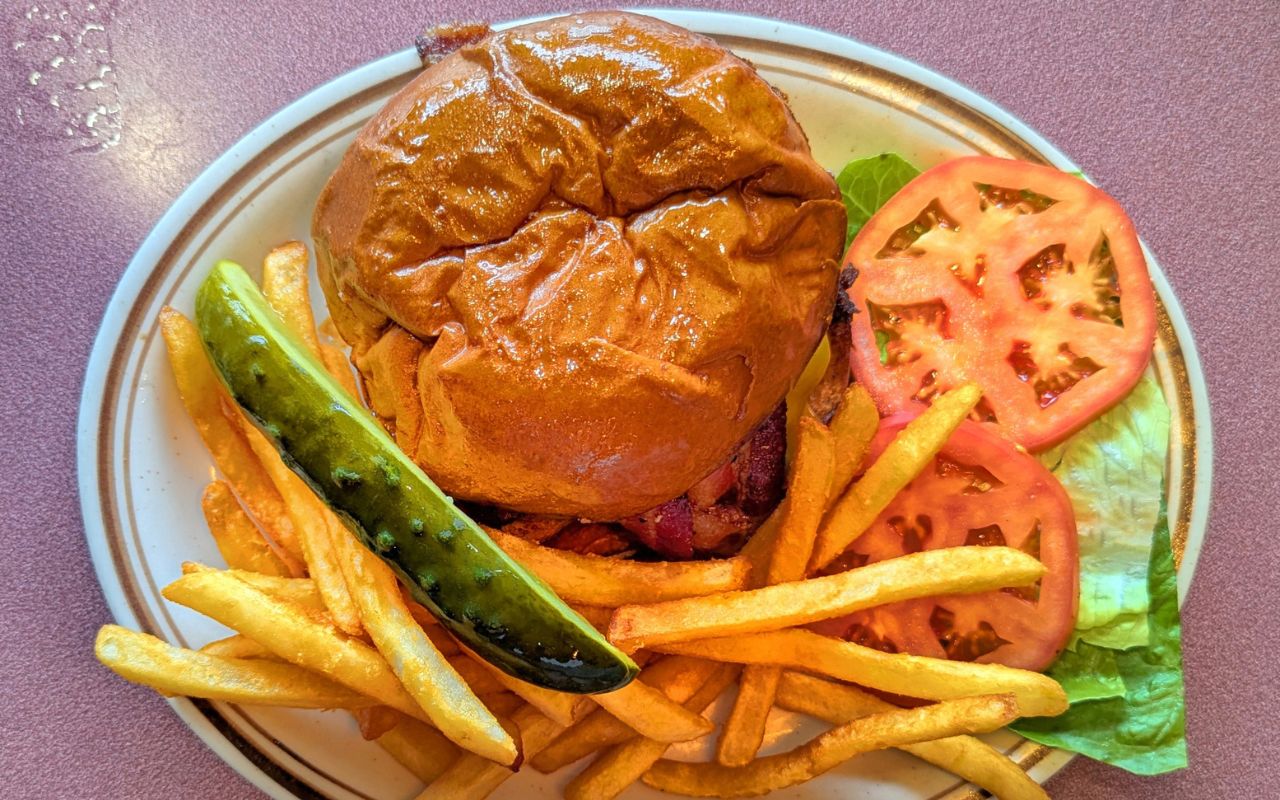9 Regional Hot Dog Styles Across America
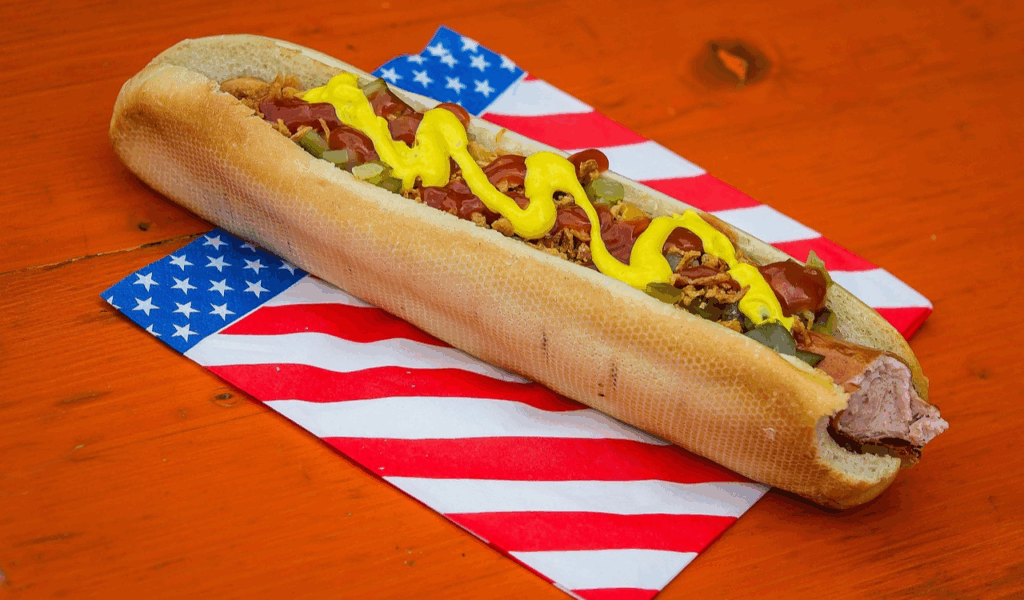
Despite their simplicity, hot dogs have wildly varied regional variations across the United States, with variations in toppings, buns, sauces, and even cooking methods that give each version its own distinct character. I’ll go over nine regionally specific American hot dog styles in this post, highlighting the unique ingredients, meats, flavours, and histories that make each one unique. You’ll see how the common hot dog becomes a flavour ambassador for its location, whether you’re craving pickled food, cream cheese, or chilli.
1. Chicago‑Style Hot Dog

Among the most well-known is the Chicago-style hot dog. Steamed or boiled, it features an all-beef frankfurter in a poppy seed bun, topped with chopped white onions, bright green sweet pickle relish, a dill pickle spear, tomato wedges or slices, sport peppers, yellow mustard, and a pinch of celery salt. The absence of ketchup is a defining characteristic. This style is bold, colourful and rich in texture because of the abundance of fresh, crunchy and tangy toppings that are ‘dragged through the garden’ to balance the richness of the sausage and bun.
2. New York‑Style Hot Dog

The toppings on New York-Style Hot Dogs are typically simpler and more traditional. The frankfurter is usually served in a soft bun, boiled or steamed, and topped with sauerkraut, brown mustard, and frequently a sweet onion sauce. Additionally, chopped onions and occasionally tomato sauce are added in many stands. With that meaty base, the goal is to balance sweetness and tanginess. Although it’s not as heavy as some styles, the quality of each ingredient—a good bun, a good dog, fresh sauerkraut, or onions—shines through.
3. Seattle‑Style Hot Dog (“Seattle Dog”)

The “Seattle Dog” in Seattle is distinguished by the addition of grilled or sautéed onions and a layer of cream cheese inside the bun, which was originally a bagel-style or bialy-style bun. Pickled red onions, sauerkraut, jalapeños, and spicy condiments are additional optional toppings. Onions add sweetness, the bun type adds chew, and the cream cheese provides a rich, tangy, smooth counterpoint to the savoury sausage. In contrast to chili-heavy styles, this combination creates a “late night street food” vibe with layered textures and flavours.
4. Michigan Hot Dog
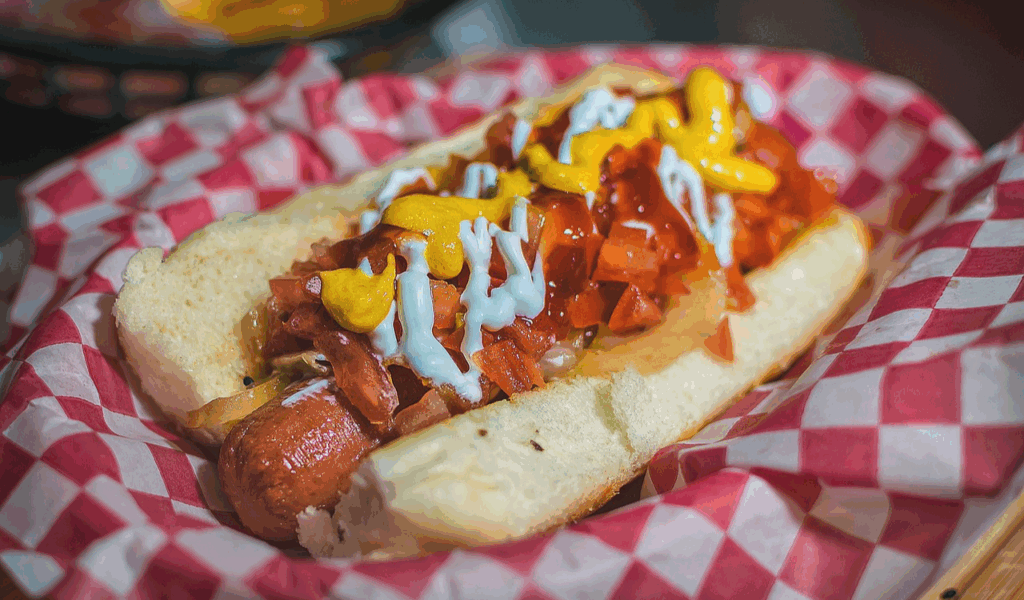
Plattsburgh, New York, not Michigan, is the origin of the Michigan hot dog, also known as the Michigan or Michigan red hot. It consists of a steamed all-beef hot dog on a steamed bun with “Michigan sauce,” a seasoned meat sauce that isn’t overly chunky and occasionally contains tomatoes, onions, and spices. Raw onions and mustard are typical. The steamed preparation retains moisture while the meat sauce adds a savoury depth. The meat sauce is the main attraction in this sauce-first style.
5. Coney Island / Detroit‑Style Michigan Coney
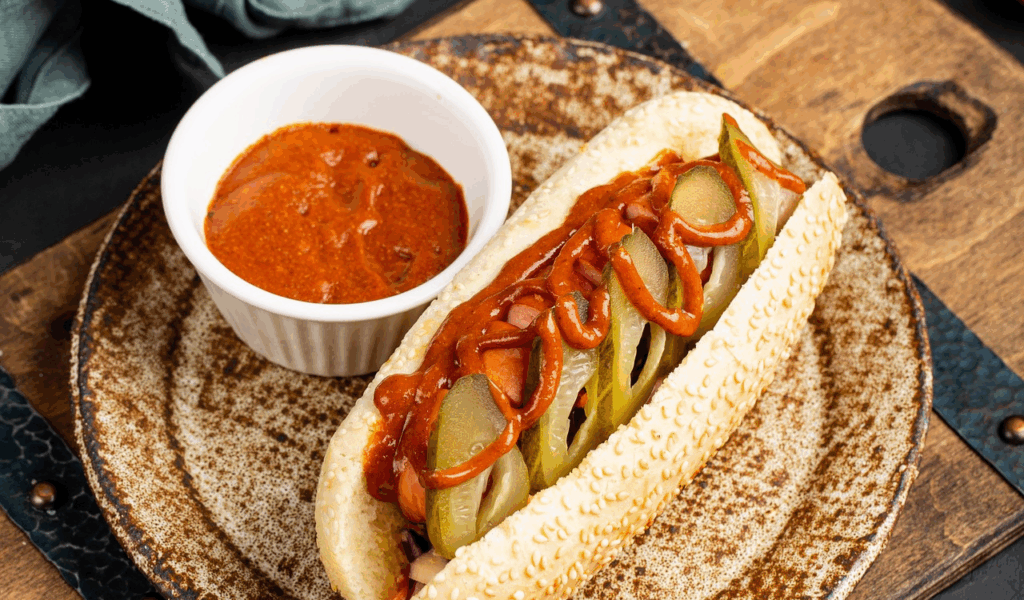
Another meat-sauce style is the Coney Island hot dog from the Midwest of the United States. It uses a beef or beef/pork Vienna-style frank and is garnished with chopped onions, yellow mustard, and a chili-style meat sauce, which is frequently made with ground beef or beef heart. The sauce recipe, texture, spiciness, and whether the sauce is smooth or has a bean-like consistency are what set apart various “Coney” styles. Purists debate which restaurant produces the best sauce, but Detroit-style coneies are particularly famous. This style is richly meaty, hearty, and a little spicy.
6. Carolina or Slaw Dog Style

In parts of the South as well as North and South Carolina, “Carolina Style” hot dogs are very popular. Onions, coleslaw, and chilli sauce are typical toppings; in some versions, mustard may be substituted for the slaw. Onions provide crunch and bite, chilli adds warmth and depth, and the slaw adds creaminess and a cool contrast. The barbecue tradition and regional preference for layered textures and flavour contrasts are reflected in this style. It’s tangy, crunchy, spicy, and slightly sweet comfort food.
7. Fenway Frank / New England Style
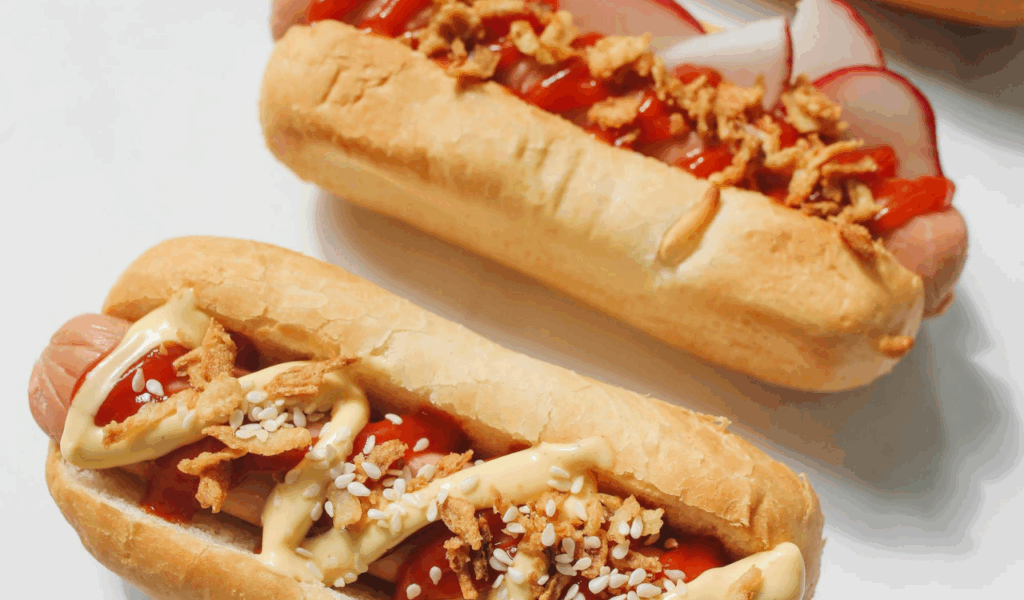
The “Fenway Frank” or a style akin to it is popular in New England, especially in the Boston area. The hot dog is typically served in a top-loading (split-top) bun (sometimes sweet and soft) that helps hold up toppings after being lightly grilled after first being boiled. Simple toppings include sauerkraut, onions, mustard, and relishes. The design of the bun and the boil-then-grill method give the bun and dog combination a unique texture and flavour. Although there aren’t many sauces, each ingredient—dog, bun, grill char, and condiments—is carefully chosen.
8. Sonoran Hot Dog
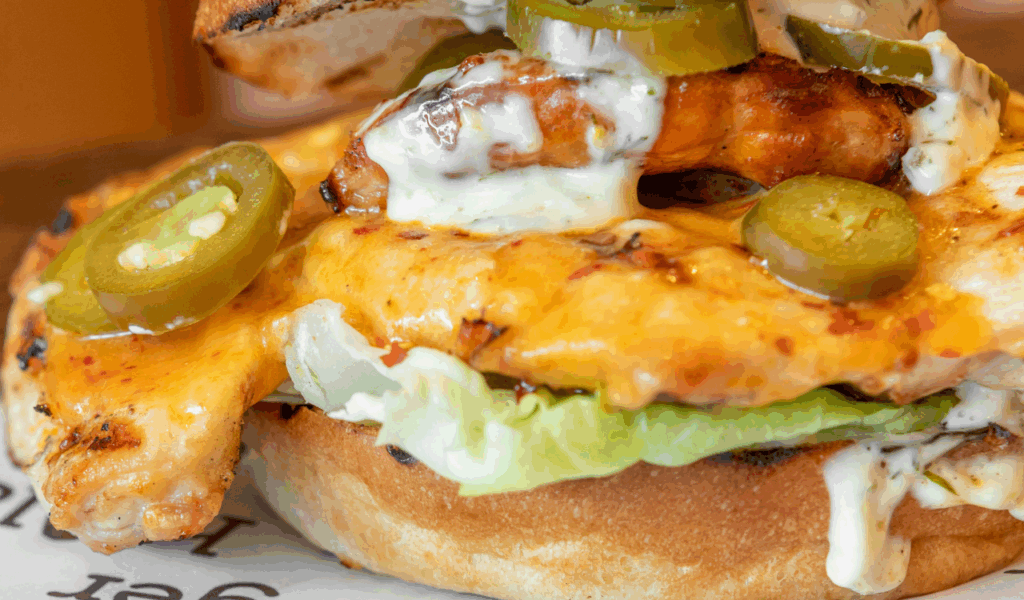
The Sonoran hot dog, which originated in the Southwest, particularly in Arizona, is loaded with ingredients like pinto beans, onions, tomatoes, jalapeños, mayonnaise, mustard, and occasionally salsa. The dog is typically wrapped in bacon, grilled, and then served in a soft roll, called a bolillo or something similar. The fresh vegetables add brightness, the beans add heartiness, the bacon adds smokiness, and the salsa and jalapeño add heat. It’s a rich, textured, and intensely flavourful fusion of Mexican and American influences.
9. Texas / Southwestern Chili‑Cheese Hot Dog
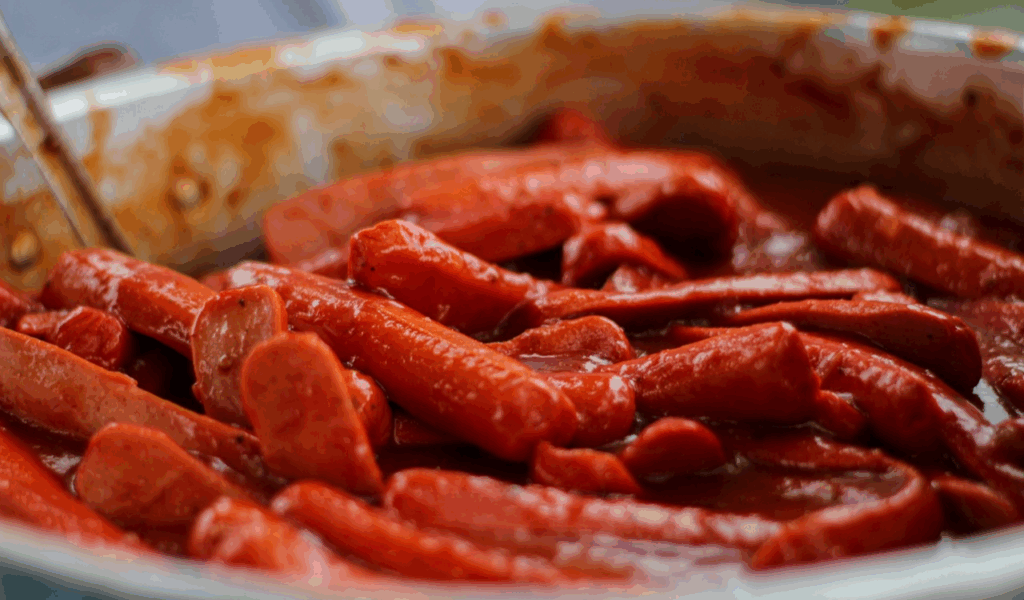
Hot dogs frequently receive the full chili-cheese treatment in Texas and neighbouring Southwestern states. The dog is covered with a hot, well-seasoned chilli sauce, then shredded or melted cheese, chopped onions, and occasionally pickled or jalapeños for spiciness. Usually, the buns are strong enough to support the weight. The end product is decadent: cheesy, meaty, spicy, creamy, and filling. This style illustrates how cheese culture and local heat preferences influence the selection of toppings.



